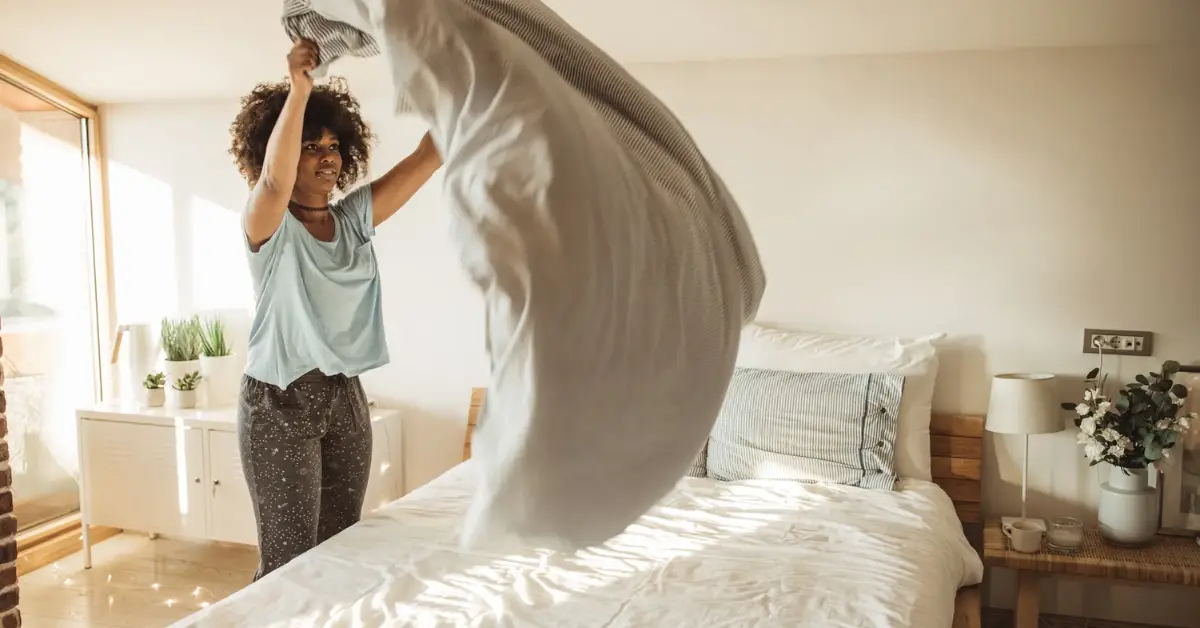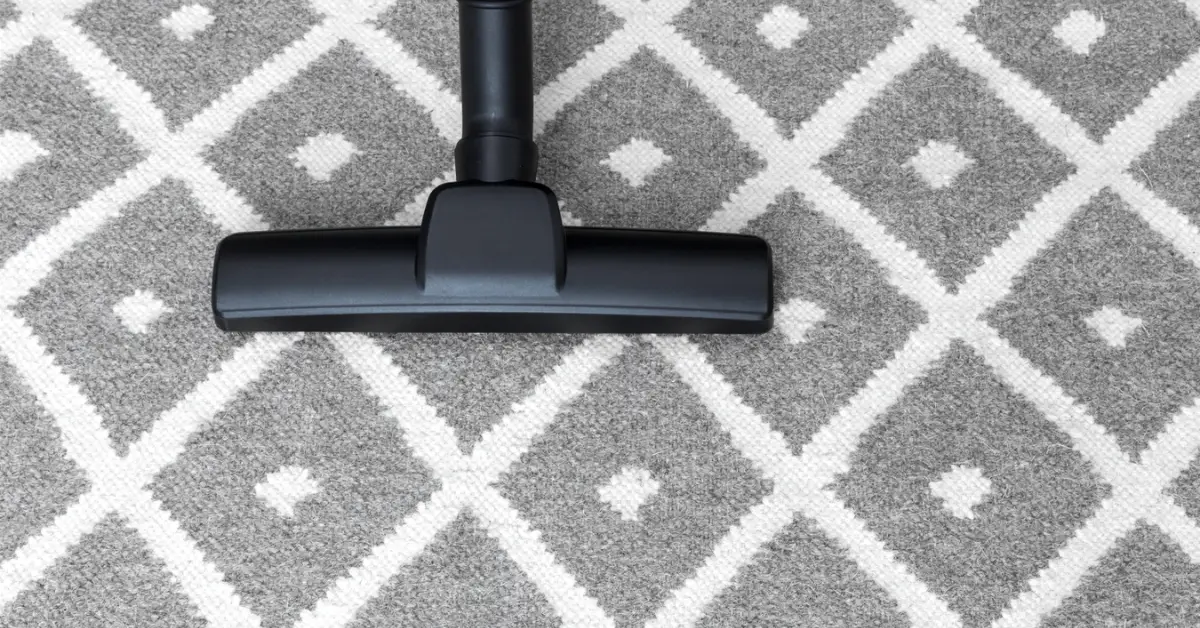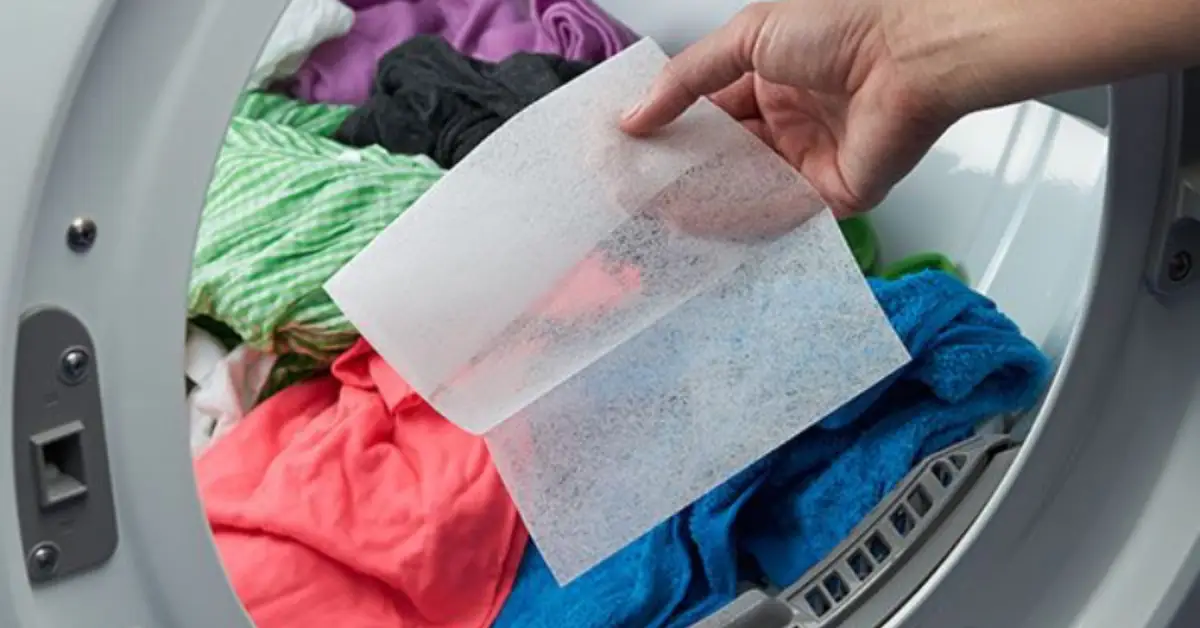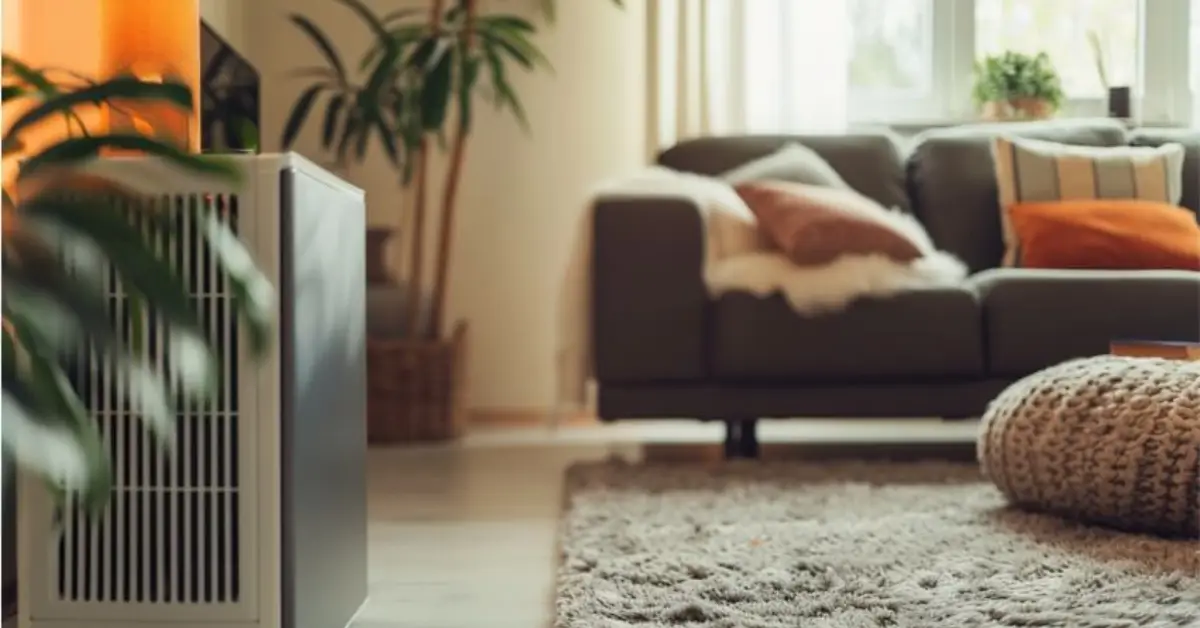8 Everyday Habits That Keep Your House Dust-Free Naturally
If you’re anything like me, you don’t want to spend your weekend chasing dust bunnies. You want your place to look clean every day—without a marathon clean-up. The truth is, that “always tidy” look comes from small, repeatable moves, not big bursts of effort.
I’ve gone deep into what the top guides say and where they fall short. Most tell you to “dust more” or “vacuum often.” Helpful, sure—but it misses why dust builds up and which tiny habits stop it before it lands. That’s the gap we’re going to close.
In this piece, I’ll show you nine simple, daily habits that make a visible difference fast. No gimmicks. No new gadgets you don’t need. Just smart tweaks that fit into what you already do.
You’ll learn how to cut tracked-in grit at the door, keep fabrics from acting like dust magnets, and use timing to your advantage so particles don’t settle. We’ll also touch on the side benefit nobody mentions: clearer air and a calmer mind.
By the end, you’ll have a short, realistic routine to reduce everyday habits to prevent dust buildup—and make your home look instantly cleaner when you walk in the door.
Why Everyday Habits Matter More Than Weekend Cleaning Sprees
Here’s something I’ve learned the hard way — a spotless weekend clean doesn’t last past Wednesday. By midweek, you start noticing that dull layer on your shelves again, that fine grit under your feet, and the faint haze on the TV screen. The truth is, dust never takes a break. It’s a mix of tiny skin flakes, fibres, pollen, and outdoor dirt that settles every single day — not just once a week.
According to the Environmental Protection Agency, nearly 80% of indoor dust comes from inside your home, not from the outside. Think about that for a second — most of what you’re cleaning up is being created by everyday life: you, your pets, your clothes, and your furniture.
That’s why daily micro-habits matter more than deep-clean weekends. When you stay consistent, you interrupt dust before it piles up and becomes visible. It’s like maintaining a garden — a few minutes each day keeps it beautiful, while neglect turns into an overgrown mess.
Here’s what makes daily dust-prevention habits so effective:
- They stop buildup before it sticks.
- They take just 5–10 minutes — no big time block needed.
- They reduce the total amount of cleaning you’ll have to do later.
- They make your home feel cleaner even between vacuum days.
Habit #1 – Take 5 Minutes Each Morning to Shake Out Bedding

If you’ve ever noticed that your bedroom feels stuffy or dusty even after a deep clean, your bed might be the reason. Every night, your sheets collect skin flakes, fibres, and microscopic dust mites, all of which can quickly turn into visible dust clouds when disturbed.
The simple fix? Shake out and smooth your bedding every morning. It sounds small, but it keeps dust from settling deep into the fabric.
Here’s what I do every morning:
- Gently shake the duvet and pillows for 10 seconds to release trapped dust.
- Smooth the top layer to prevent fibres from collecting.
- Leave the bed uncovered for 5–10 minutes before making it — it allows moisture to evaporate.
You’ll be surprised how much fresher your room feels by midweek. It’s the kind of habit that pays off quietly but consistently. If you often notice that dust keeps returning even after cleaning, you might be missing a few hidden sources. Here’s a detailed guide on how to fix a home that’s constantly covered in dust with proven steps that actually work.
Habit #2 – Keep Entryways a Dust Barrier Zone
Think about how much dirt walks into your home every day — literally. Your shoes, your pet’s paws, and even grocery bags carry invisible particles that later turn into visible dust layers on floors and furniture.
So, if you want a cleaner home, start at the front door.
Here’s what works best:
- Place two mats — one outside and one inside your main door.
- Wash or shake them weekly to keep them effective.
- Add a small shoe rack or basket near the entry for easy swaps.
While keeping your floors clean helps reduce dust, don’t forget that small pests like flies can make things worse. You can try these genius vinegar tricks to keep flies away naturally — a simple hack that also helps maintain a cleaner, fresher entryway.
Habit #3 – Do a Quick Evening Surface Swipe (Not a Full Wipe Down)
Here’s a habit that keeps your home visually clean without feeling like a chore. Every evening, just before winding down, I grab a microfiber cloth and give key surfaces a quick swipe — desks, coffee tables, shelves near windows, and TV stands.
Why microfiber? Unlike feather dusters that just push particles around, microfiber traps static-charged dust and holds it. It’s fast, it’s simple, and it prevents that “overnight film” you see on electronics and glossy surfaces.
Make this part of your nightly wind-down:
- Keep one microfiber cloth handy in your living area.
- Spend 3–4 minutes wiping surfaces before you turn off the lights.
- Focus on spots that get the most airflow — near vents or open windows.
This tiny ritual keeps your place feeling freshly cleaned every morning, even if you haven’t done a full vacuum run in days.
So tell me — which one feels easier to start with tomorrow: the morning bed shake or the evening surface swipe?
Habit #4 – Vacuum in a Grid Pattern Once a Week

Most people vacuum randomly — a quick pass here, a zigzag there — and wonder why the floors still feel gritty afterward. The trick isn’t vacuuming more, it’s vacuuming smarter. Working in a slow, overlapping grid ensures you lift the fine particles that hide between carpet fibres before they fuse into that dull layer you can’t stand.
I set aside just one day each week for this — usually Sunday. It’s not a deep clean, just a consistent rhythm that resets the floor. Think of it like mowing your lawn evenly instead of running the mower wherever you feel like.
Here’s what makes it work:
- Move methodically in straight lines, overlapping each pass by a few inches.
- Use the brush or roller attachment for carpets; the flat head for hard floors.
- Focus on corners and under furniture, where air circulation traps extra dust.
Habit #5 – Replace or Wash Filters Regularly (Air Purifiers & HVAC)
If your air purifier or HVAC filter hasn’t been cleaned in months, you might be circulating the same dust you’re trying to remove. Those filters work quietly in the background — until they clog, and every cycle pushes fine particles right back into your living space.
Here’s a simple maintenance rhythm that makes a real difference:
- Air purifiers: Wash or replace filters monthly.
- HVAC systems: Replace filters every 3 months, or sooner if you have pets.
According to Healthline, regularly cleaned filters remove more than 99 percent of harmful particles from your air — a noticeable difference you can feel in fewer sneezes and less haze on your furniture.
Pro tip: mark your calendar or set a phone reminder. It’s one of those invisible chores that, once done consistently, keeps your entire home feeling fresher without any extra effort.
Habit #6 – Declutter Flat Surfaces Weekly
Dust loves clutter. Every extra candle, stack of mail, or unused decor piece becomes a magnet for particles that quietly pile up. Even when you clean around them, the air just redistributes dust back onto those same objects.
I used to think more decor made my home feel cozy — until I realised it just made it harder to keep clean. Now, every weekend, I follow a simple rule: “clear one counter per day.” That might mean the coffee table on Monday, kitchen island on Tuesday, and dresser top on Wednesday. By Friday, your whole space feels lighter.
Why this works:
- Fewer items = fewer dust-collecting surfaces.
- It takes minutes, not hours.
- It instantly makes rooms look cleaner without actually “cleaning.”
If you’ve ever admired minimalist homes and wondered why they always look tidy, it’s not magic — it’s surface discipline. Visual calmness translates into cleaner air and fewer triggers for dust to settle.
If you’re organizing your kitchen or pantry while decluttering, it’s worth checking for hidden food pests too. Learn about the common mistakes that attract pantry moths and how to fix them fast before they spread dust and residue.
Habit #7 – Use Dryer Sheets or Fabric Spray on Curtains and Upholstery

Here’s a little chemistry secret I wish I’d learned sooner: static electricity attracts dust. When your curtains, sofas, or cushions hold static charge, they practically pull lint and airborne debris out of the air. That’s why fabric sprays or dryer sheets can make a visible difference — they neutralize that charge.
A quick spritz or light wipe-down once a week keeps your fabrics feeling fresh and less clingy to dust. Just make sure to use gentle, unscented sprays if you’re sensitive to fragrance.
Here’s how to do it effectively:
- Lightly rub a dryer sheet over curtains, couches, and lamp shades.
- For larger pieces, use a spray designed to reduce static and repel dust.
- Let the fabric air dry naturally — no need for rinsing.
Habit #8 – Keep Humidity Balanced Between 40–50%
Here’s something most people don’t realize — your home’s humidity level plays a major role in how much dust you see. When the air is too dry, static electricity increases, pulling more particles into the air and onto surfaces. When it’s too humid, those same particles cling and settle faster, leaving behind sticky layers that attract even more grime.
The sweet spot is a steady 30–50% humidity level, a range recommended by the Mayo Clinic for both comfort and air quality. You can easily track it with a small digital hygrometer — they’re inexpensive, accurate, and surprisingly useful once you start paying attention.
Here’s how to maintain the right balance:
- Use a humidifier during dry months and a dehumidifier when things get muggy.
- Keep windows slightly open during mild weather for natural ventilation.
- Avoid drying clothes indoors unless absolutely necessary.
Once you start monitoring humidity, you’ll notice fewer particles floating in sunlight — a small but satisfying sign that your air is cleaner and your surfaces are staying dust-free longer.
Habit #9 – Practice the “Before Bed Reset” Routine
This one’s my personal favourite because it’s quick, calming, and incredibly effective. Before you turn in for the night, spend just 10 minutes resetting your space — putting away items, wiping high-traffic spots, and doing one last surface check. It’s not about cleaning; it’s about creating order before the next day begins.
I like to stack this habit with something I already do. For example, while waiting for my tea to steep, I’ll clear the coffee table and fold the throw blanket.
Try this nightly checklist:
- Put dishes in the dishwasher.
- Straighten pillows, fold throws.
- Do a 30-second counter wipe in the kitchen.
- Take out the trash if needed.
You’ll wake up to a home that feels calm, organised, and already halfway clean — no morning frustration, no visual clutter. It’s a small act that pays off tenfold in peace of mind.
The Hidden Perk — A Dust-Free Home Boosts Mood and Air Quality

Beyond appearances, there’s a psychological and health payoff to keeping dust under control. Studies show that cluttered or dusty spaces can raise stress hormones and even affect focus and productivity. Clean, open areas make us breathe a little deeper and think a little clearer — literally and mentally.
I’ve felt it myself: walking into a tidy, fresh-smelling room instantly changes your headspace. It’s the quiet satisfaction of being in control of your environment instead of reacting to it.
Psychologists often point out that clean surroundings act as a visual cue for calm.
Cleaner air, calmer energy, better mornings — that’s what these small daily actions are really about.
Quick Checklist
If you’re like most people, it’s easy to forget small cleaning habits once the week gets busy. That’s why I’ve put together a quick “Daily vs Weekly Dust Prevention Checklist” you can print, pin on your fridge, or even save to your phone. It’s simple, visual, and helps you stay consistent without overthinking.
Daily Dust Prevention Habits
- Shake out bedding and let it air before making the bed.
- Do a quick evening surface swipe with a microfiber cloth.
- Keep entry mats clean and shoes by the door.
- Wipe visible dust on electronics and window sills.
- Maintain humidity around 40–50% using a hygrometer.
Weekly Dust Prevention Habits
- Vacuum floors in a grid pattern (especially corners and under furniture).
- Replace or wash air filters if due.
- Declutter one flat surface per day to reduce dust magnets.
- Use dryer sheets or fabric spray on curtains and upholstery.
- Wash entry mats and shake rugs outside.
Print it, check off what you complete, and you’ll find your home staying cleaner for longer — no heavy weekend sessions required. Small habits truly do add up when you make them visible.
Build One New Habit This Week
Here’s your challenge: pick just one habit from this list and start today. Maybe it’s shaking out your bedding, or doing that 3-minute surface swipe before bed. Don’t aim for perfection — aim for consistency.
After a week, you’ll start noticing the difference: less dust on your furniture, fewer sneezes, and a home that looks cleaner without extra effort.
Which of these habits do you already follow? Share your experience in the comments below — I’d love to hear how you keep your space dust-free.
And if you found this guide useful, explore more smart home improvement ideas at Build Like New — where small changes make a big difference in how your home feels every day.
Disclaimer: The information in this article is for general home care and educational purposes only. Always follow product instructions and safety guidelines when using cleaning tools or sprays. Build Like New is not responsible for any damages or results arising from improper use of the mentioned methods or products.


